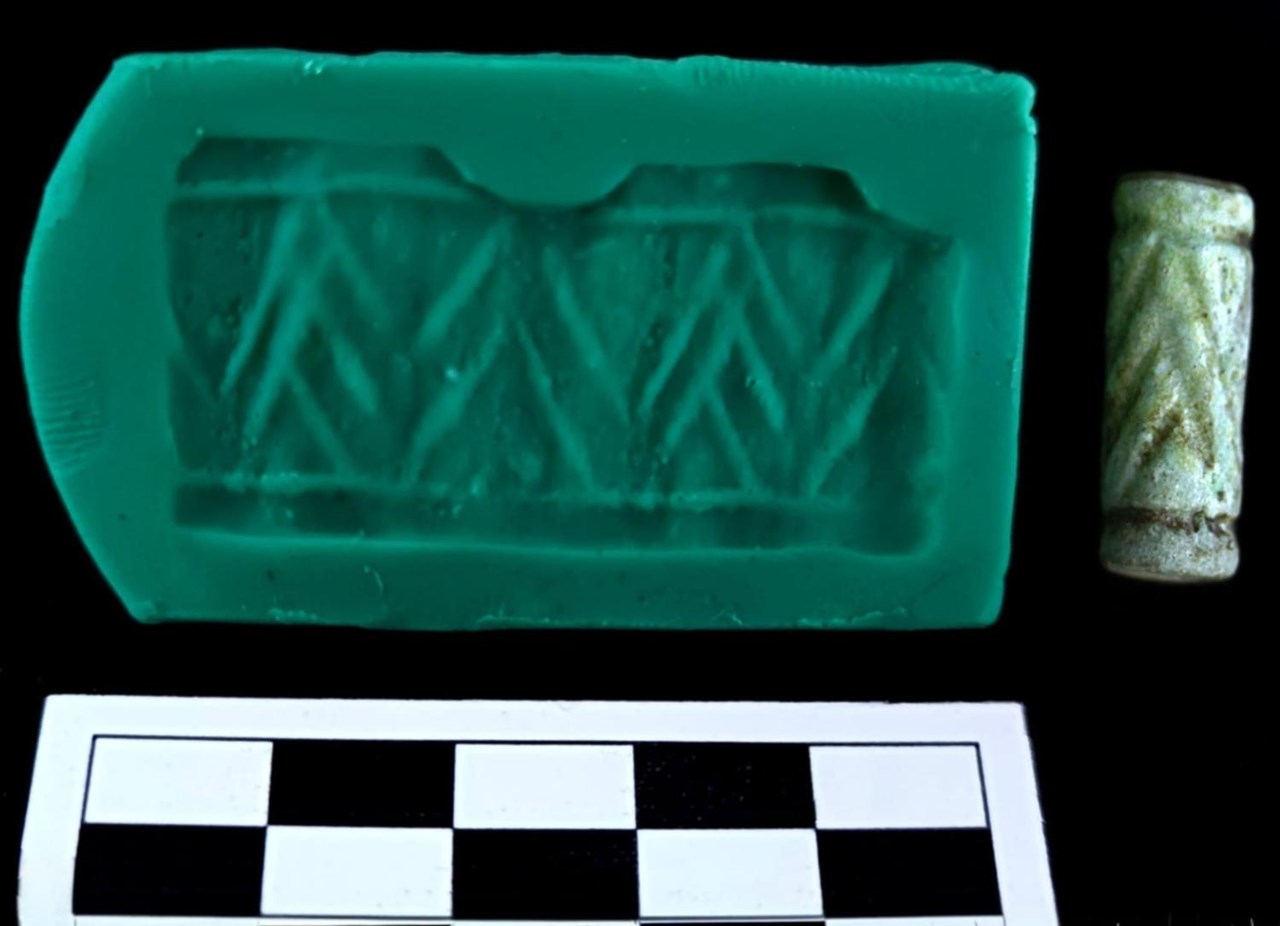
The Tavşanlı Mound excavation, often referred to as the "heart of Kütahya" due to its heart-like shape observed in aerial imagery, is being conducted under the leadership of Prof. Dr. Erkan Fidan, Head of the Archaeology Department at Bilecik Şeyh Edebali University, Faculty of Humanities and Social Sciences. This archaeological site has yielded significant findings, including a seal estimated to be approximately 4,000 years old, discovered within an ancient settlement that was completely incinerated and obliterated during an attack near the end of the Colonial Age.
The discovery of ceramic seals at Tavşanlı Mound parallels those found in major trade centers of Central Anatolia, such as Kültepe and Acemhöyük. This suggests the existence of additional trade routes between the East and the West during antiquity and indicates that the Tavşanlı Mound was strategically positioned within the economic networks of Western Anatolia. The site, with an occupational history spanning 8,100 years, has revealed a range of artifacts. Notably, a skeleton from the Bronze Age, dated to approximately 3,700 years ago, was found with brain and skin tissues preserved in a carbonized state—a result of rapid burning at extremely high temperatures. Additionally, within one of the silos, a 3,300-year-old seal, a dagger, copper and silver remnants, pottery, weaving tools, and various ceramic materials were uncovered. These findings provide critical insights into the trade, craftsmanship, and catastrophic events that shaped the history of this region.